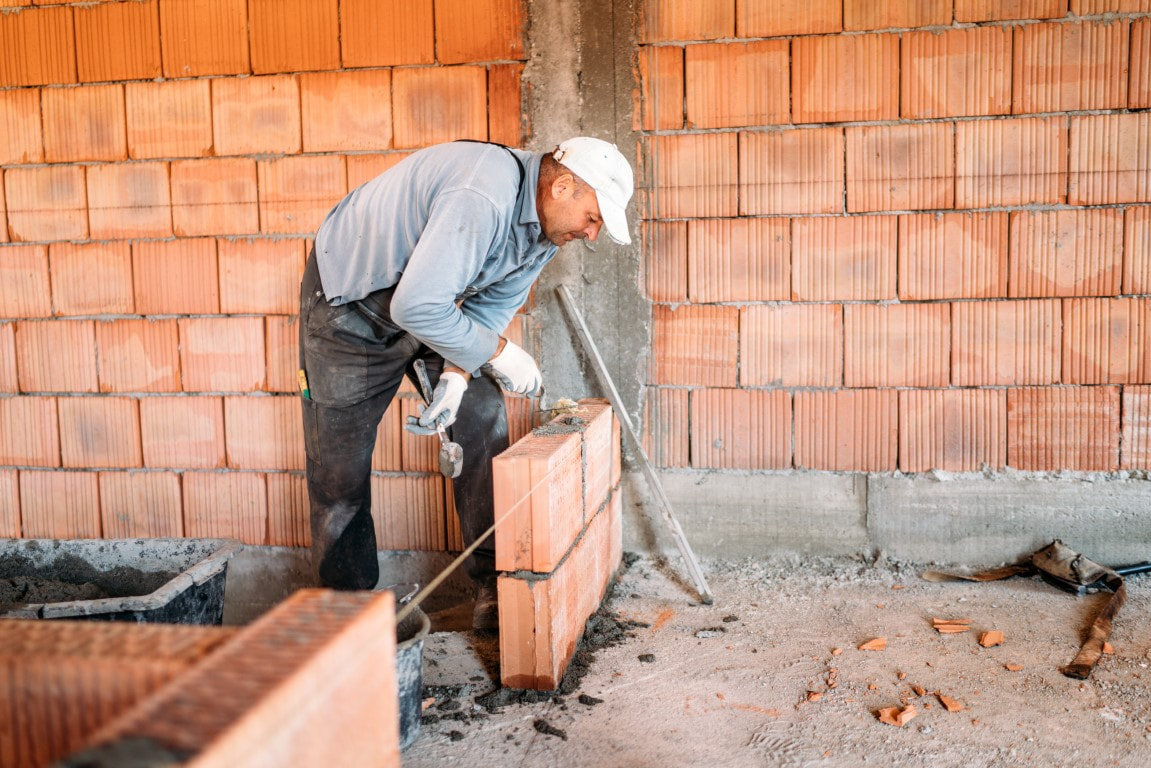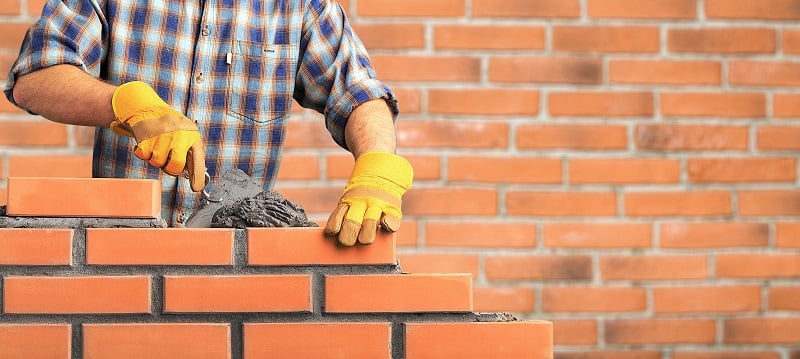Arrange a Chimney Sweep Today for a Tidy and Safe Fireplace
Arrange a Chimney Sweep Today for a Tidy and Safe Fireplace
Blog Article
Opening the Keys of Sustainable Stonework Construction Practices for Eco-Friendly Structures
In the world of contemporary construction, the search of sustainable practices has actually become paramount. Amongst the myriad strategies to green building, sustainable stonework building stands apart as a time-tested and sturdy method that holds a wide range of untapped potential. From the selection of materials to cutting-edge building techniques, the tricks to accomplishing sustainability within stonework building are multifaceted and fascinating. By checking out the advantages, materials, strategies, and future trends of sustainable stonework, a deeper understanding of exactly how these techniques can shape the future of eco-friendly structures emerges.
Benefits of Sustainable Stonework Building And Construction
Embracing lasting stonework construction practices not just minimizes environmental impact yet additionally supplies long-lasting economic advantages to builders and areas. By using materials like recycled bricks, blocks, and stones, builders can significantly lower the carbon footprint of their projects while advertising resource performance. Furthermore, sustainable stonework construction strategies, such as appropriate insulation and thermal mass buildings, can boost power efficiency within structures, resulting in reduced functional costs with time.
Additionally, the resilience and strength of masonry structures add to long-term economic advantages. Buildings built using lasting stonework methods often call for less repair and maintenance, equating to cost savings for builders and homeowner. The longevity of masonry products also ensures that structures continue to be stable and safe, reducing the need for regular renovations or replacements.
Eco-Friendly Stonework Products
Utilizing environmentally friendly stonework products is a pivotal step towards improving the sustainability of building methods and decreasing environmental impact while making best use of long-term economic benefits. Sustainable masonry products are sourced, produced, and used in a way that minimizes general environmental effect. Materials such as recycled bricks, reclaimed rock, and sustainable cinder block are ending up being progressively preferred selections for eco-conscious home builders. Recycled bricks, as an example, not just draw away waste from garbage dumps but likewise require much less energy to create compared to new bricks. Recovered stone offers a distinct visual charm while minimizing the requirement for new quarrying. Sustainable concrete obstructs include recycled aggregates and might feature better insulation homes, contributing to energy performance in structures.
Furthermore, natural products like adobe, rammed earth, and straw bundles supply outstanding thermal mass homes, reducing the demand for heating and cooling power. These products are frequently in your area available, promoting local economic climates and minimizing transportation-related carbon emissions. By choosing environment-friendly stonework materials, construction tasks can considerably reduce their ecological impact and add to the production of much healthier, much more sustainable constructed settings.
Energy-Efficient Masonry Strategies
Power performance plays a vital role in improving the sustainability of stonework building techniques. By executing energy-efficient stonework techniques, home builders can substantially decrease the total power consumption of a structure, bring about lower operational prices and a smaller ecological impact. One vital energy-efficient masonry method is using thermal mass, which involves integrating thick products like concrete or block right into the building's structure to take in and store heat. This aids regulate interior temperatures, lowering the demand for mechanical home heating and cooling down systems.

Developments in Lasting Masonry
Current developments in sustainable stonework practices have actually brought about ingenious techniques that are reshaping the building and construction market. One such advancement is the growth of self-healing concrete, which makes use of germs embedded within the concrete to heal fractures autonomously. This advancement not only lowers maintenance expenses but also improves the resilience of masonry frameworks, adding to their sustainability.
Another noteworthy advancement is the use of recycled accumulations in masonry construction - masonry contractor. By including products such as crushed ceramic waste or recycled glass into concrete mixes, home builders can reduce the environmental effect of building jobs while keeping architectural honesty. This practice not only diverts waste from garbage dumps however additionally preserves natural deposits, making it a vital advancement in sustainable stonework construction
In addition, the integration of digital layout tools, such as Building Information Modeling (BIM), is transforming the way masonry structures are intended and created. BIM permits for even more specific estimations, lowered product wastefulness, and enhanced energy effectiveness, eventually bring about even more sustainable building practices. These advancements jointly symbolize an encouraging future for lasting stonework building in the era of environment-friendly buildings.
Future Trends in Masonry Sustainability
With the cutting-edge strides made in lasting masonry practices, the future fads in stonework sustainability are positioned to additional transform the construction sector. Among the essential trends shaping the future of stonework sustainability is the boosted combination of innovation. Advancements such as Get More Information Structure Info Modeling (BIM) and online fact simulations are being made use of to enhance masonry building and construction processes, resulting in reduced product waste and enhanced power effectiveness in buildings.
Moreover, the growth of novel lasting materials is established to play a significant function in enhancing the eco-friendliness of stonework telebelt building. masonry contractor. Innovations like self-healing concrete, recycled accumulations, and bio-based binders are gaining grip for their capability to minimize environmental influence while preserving architectural integrity

Conclusion
In conclusion, sustainable masonry building methods use many benefits for environmentally friendly buildings. By using environment-friendly products and energy-efficient strategies, stonework can add to a much more sustainable developed atmosphere. Technologies in lasting stonework are constantly being established to even more enhance the environmental performance of structures. Looking in the direction of the future, the pattern of stonework sustainability is anticipated to expand, causing more ecologically friendly and energy-efficient construction techniques in the years ahead.
Report this page